Where waste comes from in B.C.
Waste can look like household garbage, food waste, littered coastlines or discarded building materials.
Each person in B.C. threw away an average of 479 kg of solid waste in 2023, down 5% from 2021. Industries in B.C. also make waste when they throw away extra materials.
Tracking emissions from waste

We measure emissions from disposing of and burning waste and treating wastewater. We also measure emissions from large wood waste landfills used by industry.
Climate pollution from waste caused 3% of emissions in B.C. in 2023.
Reducing emissions from waste
We’re changing how B.C. gets rid of waste.
By 2030, action taken by the province will have kept 95% of residential food and yard waste out of the landfill.
Circular economy
B.C. is building a circular economy. We’re focusing on sharing, reusing, repairing and recycling materials. This approach pollutes less, keeps waste out of the landfill and makes better use of resources. B.C. is developing a strategy to support industry as we work together to develop a circular economy.

B.C. is taking action
Explore how B.C. is working to clean up the places we live and change the way we handle waste.
-
Cleaning our shores
We’ve helped remove abandoned or wrecked boats and other marine debris from the shores of coastal communities. This is the largest shoreline debris clean-up in history.
-
Keeping more organic waste out of landfills
We’ve funded programs that are helping B.C. process more organic waste. This keeps more organics out of land fills and reduces greenhouse gas emissions.
-
Phasing out single-use plastics
We’re making sure there is less single-use plastic coming in to our landfills. We’re doing this by placing restrictions and bans on some of these plastics.



